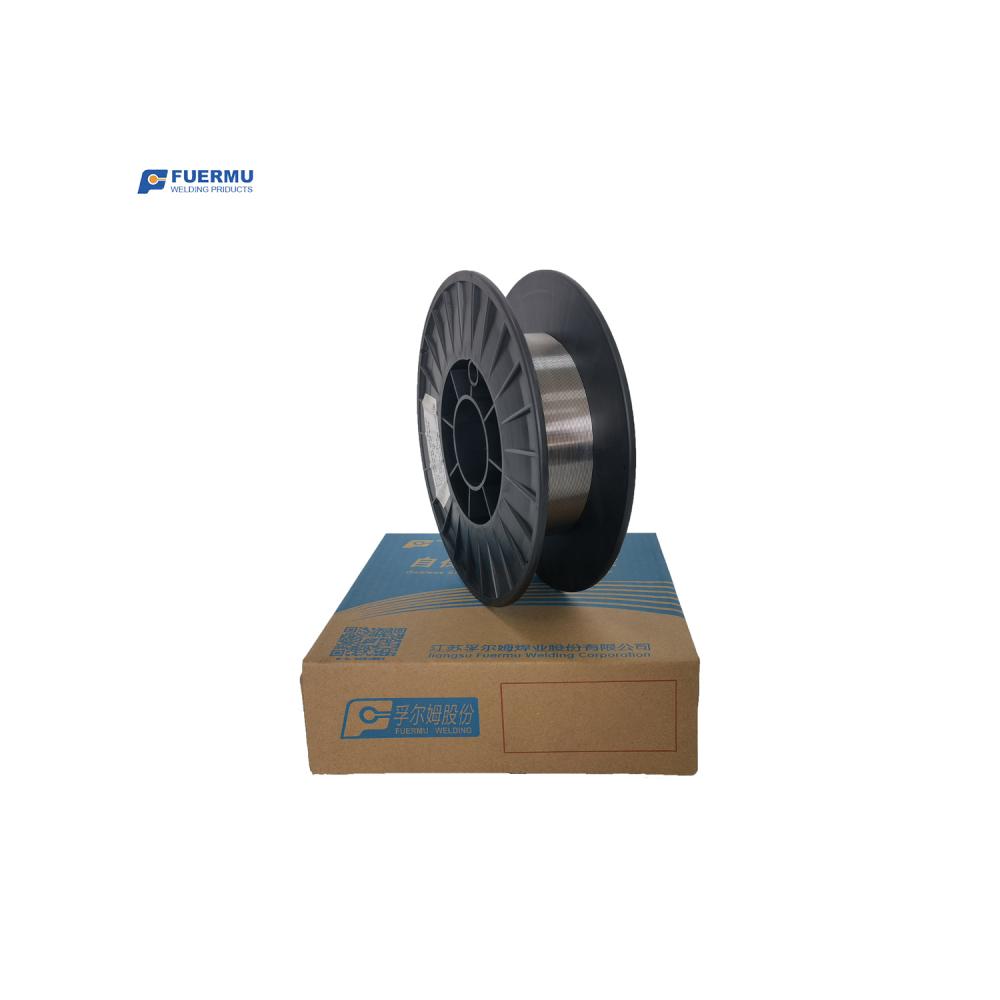# Working in Confined Spaces: A Comprehensive Guide
## Understanding Confined Spaces
A confined space is defined as a space that is large enough for a person to enter and work within, has limited means of entry or exit, and is not intended for continuous human occupancy. Examples include storage tanks, boilers, and sewer systems. While the term "confined space" might suggest small enclosures, some confined spaces, such as large flue gas desulfurization units, can be as tall as 80 feet. These spaces are commonly found across various industries, including oil and gas, chemical processing, mining, and power generation.
## Identifying Confined Spaces
Identifying confined spaces involves assessing whether the space meets the three criteria mentioned earlier. Some spaces, like ditches or aircraft wings, might require a creative perspective to determine if they qualify. It's important to consider the potential safety risks involved, such as exposure to harmful gases, liquids, or biological agents. Common confined spaces include grain bins, large sewer pipes, and manholes.
## Industries Utilizing Confined Spaces
Confined space work is prevalent across many industries:
- **Oil & Gas**: Includes chimneys, offshore rigs, FPSOs, drilling ships, jetties, storage tanks, and refineries.
- **Chemical**: Features fermenter tanks, pressure vessels, fiberglass storage tanks, heat exchangers, and storage silos.
- **Mining**: Includes stopes, ore passes, crushers, and other equipment.
- **Power Generation**: Covers coal-fired boilers, recovery boilers, wind turbines, nuclear plants, and hydroelectric facilities.
- **Wastewater Infrastructure**: Includes pipes, manholes, culverts, and trenches.
- **Maritime**: Involves ballast tanks, barges, shipping containers, and fish holds.
- **Construction**: Encompasses crawl spaces, vaults, sub-cellars, cold storage, and tunnels.
## Types of Work in Confined Spaces
Two primary types of work are conducted in confined spaces: inspections and repairs. Inspections are crucial for maintaining asset longevity and ensuring safety, especially in industries handling explosive materials. Inspectors utilize various non-destructive testing (NDT) methods such as visual testing (VT), acoustic emission testing (AE), eddy current testing (ET), and ultrasonic testing (UT).
## Hazards of Confined Space Work
Working in confined spaces poses significant risks, including atmospheric hazards, chemical and biological exposures, fire hazards, and mechanical risks. Rescues can be particularly dangerous, as statistics show that 60% of fatalities involve would-be rescuers. Additionally, working at heights within confined spaces presents further risks.
## Planning for Confined Space Entry
Before entering a confined space, thorough planning is essential. This includes conducting a hazard survey, creating an entry plan, and mitigating identified risks. Steps like isolating hazards, cleaning, and testing the atmosphere are critical. Establishing a confined space hazard assessment and control program ensures consistent safety protocols.
## Equipment for Confined Space Work
Personal protective equipment (PPE) tailored to the specific space is vital. This includes hard hats, gloves, fall protection harnesses, and flame-resistant clothing. Specialized equipment like hoists and retractable devices assist in accessing confined spaces safely. Robots and drones, such as Flyability's Elios 3, are increasingly used for remote inspections, reducing the need for human entry.
## Training and Permit Requirements
Given the risks, confined space work requires specialized training and permits. In the U.S., OSHA's Confined Spaces standard 29 CFR 1910.146 mandates certification for confined space entry. Workers must understand hazards, develop entry and rescue plans, and demonstrate proficiency in related equipment usage. Permits are required for Permit-Required Confined Spaces (PRCS), which include spaces with hazardous atmospheres or configurations that could trap or asphyxiate workers.
## Conclusion
Confined space work is a complex and risky endeavor requiring careful preparation and adherence to safety standards. By understanding the characteristics of confined spaces, recognizing the associated hazards, and implementing appropriate equipment and procedures, workers can minimize risks and ensure safe operations. Continuous advancements in technology, such as robotic inspection tools and specialized drones, are transforming how confined space work is conducted, making it safer and more efficient.
---
This guide aims to provide a comprehensive overview of confined space work, emphasizing the importance of safety and compliance. Whether you're an inspector, engineer, or safety officer, understanding these principles is crucial for protecting lives and assets.
Self-Shielded Flux Cored Wires
Self-Shielded Flux Cored Wires:
The self-shielded Flux Cored Wire protects the molten droplet and molten pool through the gas and slag produced by the slag-forming agent and gas-generating agent in the flux core of the welding wire under the high temperature of the arc.
The self-shielded flux-cored arc welding method has the following advantages:
1. No external protective gas source is needed, the welding torch is simple in structure, light in weight, and easy to operate;
2. The performance of wind resistance and porosity is good. During welding, the metallurgical reaction of the welding wire itself forms a protective atmosphere. It can be welded under the fourth-level wind force. As long as the wind speed does not exceed 8m/s, no protective measures need to be taken. It is especially suitable for Field construction work;
3. The arc penetrating power should be large, the molten drop should be in the form of jet transition, and the splash should be small;
4. It has excellent all-position vertical down welding operation process performance, and the operation process performance is good;
5. Good slag removal performance;
6. The deposited metal can also obtain high low temperature toughness under various harsh conditions such as low temperature and strong wind.

Self-shielded flux cored wire is widely used in pipeline construction, marine engineering, outdoor large-scale steel structure manufacturing, high-rise steel structure buildings, surface surfacing, etc.
If you have any questions, please contact with us directly. Welcome you can visit our Factory.For inquiry, please send mail directly to us.
Self-Shielded Flux Cored Wires,Self Shielded Flux Core,Self Shielded Arc Welding,Self Shielded Flux Cored Arc Welding
JIANGSU FUERMU WELDING CORPORATION , https://www.fuermuwelding.com
